Natural flood management: is geology more important than trees?
Looking at innovative ways of creating resilience to flooding hazards with natural flood management.
23/11/2023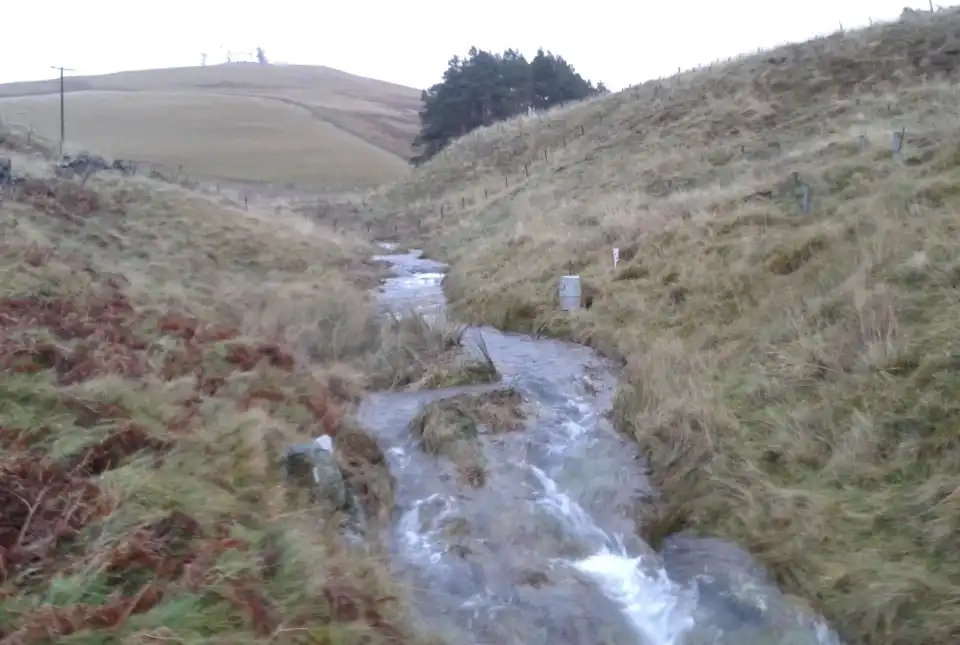

View of the Eddleston Natural Flood Management demonstration and research site in the Scottish Borders. This is one of a global network of UNESCO Ecohydrology Demonstration Sites. © Leo Peskett / Heriot Watt
Natural flood management (NFM) has become a key aspect of UK policy to reduce the risk of flooding, a hazard that is expected to increase under future climate-change scenarios.
What is natural flood management?
NFM seeks to control flooding by reducing or slowing the flow in river catchments using natural approaches. These include measures such as:
- planting trees to enhance infiltration and catchment roughness
- installing leaky wooden barriers within streams to create temporary surface water storage
- re-meandering rivers to reconnect them to their flood plains
Current understanding of natural flood management
There is growing pressure to change the way landscapes are managed at large spatial scales to respond to the climate and biodiversity crises. Despite its newfound popularity in UK policy, there are still uncertainties about the effectiveness of NFM at large spatial scales and for large floods. This is particularly true for measures that are dispersed across catchments, such as land-use change through afforestation or improvements to soil quality. Understanding how water is stored and released within catchments is vital for predicting the effects of these changes on both floods and droughts, as well as a host of other co-benefits such as biodiversity and agricultural productivity.
Recent work by Heriot-Watt University, the University of Edinburgh, BGS and the University of Dundee has started to look at these questions at the internationally important UNESCO ecohydrology demonstration site at the Eddleston Water natural flood management research site in the Scottish Borders.
Why is more research needed?
The infiltration of water into the subsurface is a key area of research in NFM including:
- how water infiltrates different soils
- the effect of different soil properties on infiltration rates
- the effect of different land uses on infiltration rates
In addition to understanding how easily water infiltrates, we also need to know how much water can infiltrate and where it goes — in other words, how much water can be stored? There has been much less research on quantifying catchment storage and the role of deeper catchment storage in the context of NFM, despite its potentially fundamental importance to our understanding of hydrology.
The effects of soils and geology on catchment storage
Using multiple methods, including water-level monitoring and stable isotopic tracers, our research estimated water storage across nine subcatchments and correlated the findings with catchment properties such as soil type, land cover and geology. We found that soils and geology dominated plantation forest cover in controlling catchment water storage, suggesting that the effects of changing forest cover are masked by more dominant soil and geological properties.
There are, of course, caveats to the work: we only looked at existing, mature conifer forests and only considered the effect of trees on storage. The impacts of trees on surface roughness and broadleaved trees, which are the main type planted by this and many other NFM projects, were not considered. While the differences are probably minimal, these questions need to be tested through further research. Our findings are, however, consistent with other work looking at land cover and catchment storage and catchment response to storms in Eddleston and elsewhere in Scotland.
Implications for natural flood management
These findings have two significant implications for NFM. The first is to add further criteria for determining the planting of the ‘right trees in the right place’. This storage perspective suggests that tree planting needs to be targeted at areas where potential storage is high but infiltration rates are low, such as highly compacted or degraded soils in relatively permeable catchments. The second is the need to understand dominant catchment controls on runoff in any NFM scheme, which means getting better knowledge of hydrological processes within catchments and their representation within models. We are exploring this second implication in a follow-up study combining stream flow data and water tracer data into a hydrological model, to see if this improves model outputs and therefore understanding of land use change in the catchment.
There is growing pressure to change the way landscapes are managed at large spatial scales to respond to the climate and biodiversity crises. Gaining a better understanding of catchment water storage across different environments is likely to be vital for predicting the multiple benefits and risks of nature-based solutions such as NFM. Future research using both empirical and modelling approaches needs to incorporate these perspectives to underpin effective future management strategies.
About the authors

Prof Alan MacDonald
Head of BGS Groundwater
Leo Peskett
Assistant professor in physical geography
Heriot-Watt University
Leo’s work focuses on evaluating the effectiveness of nature-based solutions in the land and water sectors and engaging with policymakers at international to local levels to bridge research and policy. His recent research has concentrated on:
- the integration of land and water management in the UK
- the impacts of land use on runoff in a natural flood management context
- the use of the natural capital approach in environmental management
Prior to academia, Leo spent a decade heavily involved in the development of global policies to reduce carbon emissions from deforestation (REDD+) and related climate change policies, working with the Overseas Development Institute, UN agencies and governments in the global North and South.
Relative topics
Related news
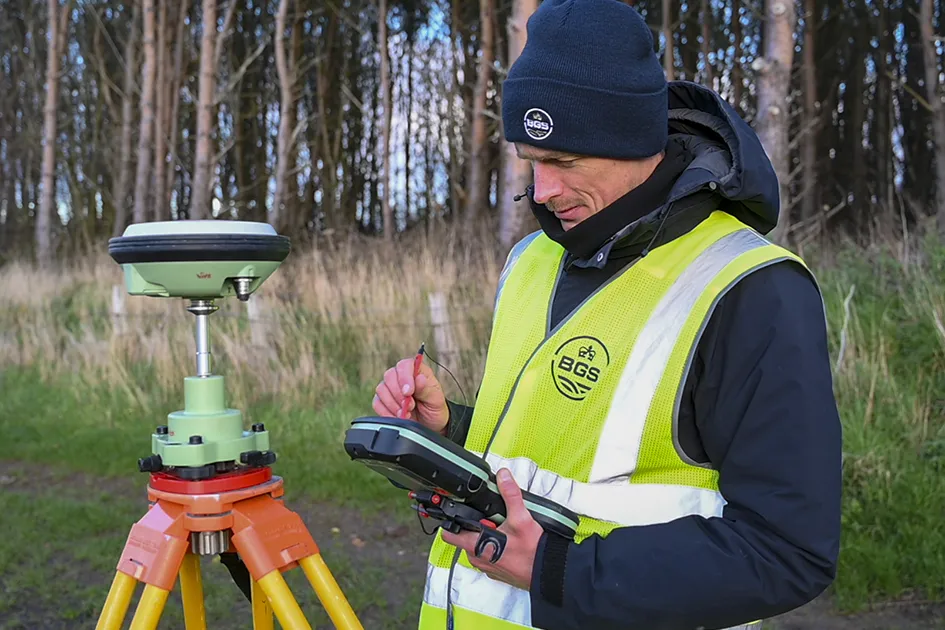
‘Three norths’ set to leave England and not return for hundreds of years
12/12/2025
The historic alignment of true, magnetic, and grid north is set to leave England, three years after they combined in the country for the first time since records began.

BGS agrees to establish collaboration framework with Ukrainian government
11/12/2025
The partnership will focus on joint research and data exchange opportunities with Ukrainian colleagues.

Making research matter: BGS joins leading research organisations in new national initiative
10/12/2025
A new alliance of 35 organisations has been formed that is dedicated to advancing science for the benefit of people, communities, the economy and national priorities.

New 3D model to help mitigate groundwater flooding
08/12/2025
BGS has released a 3D geological model of Gateshead to enhance understanding of groundwater and improve the response to flooding.
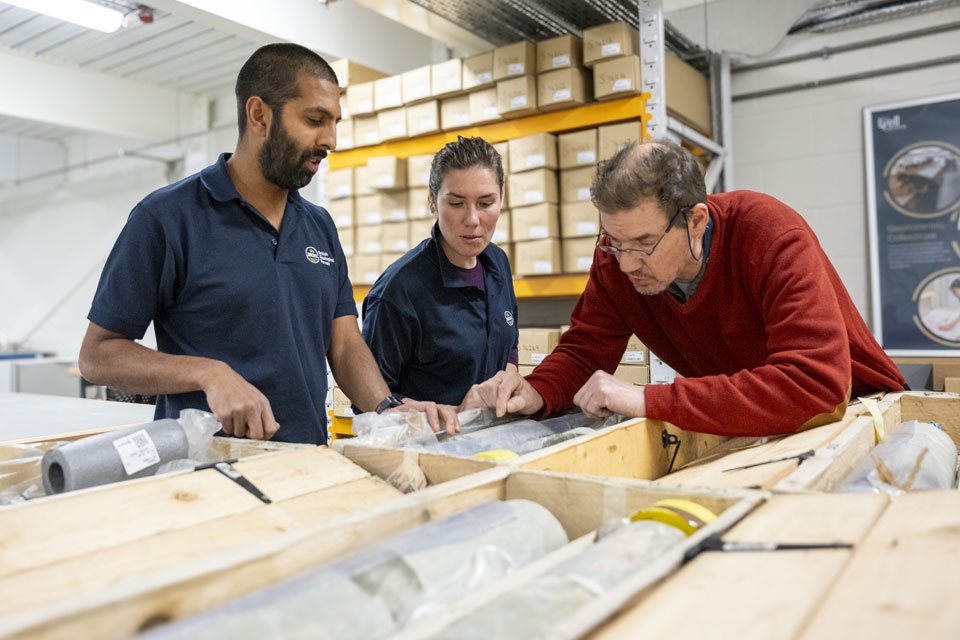
Scientists gain access to ‘once in a lifetime’ core from Great Glen Fault
01/12/2025
The geological core provides a cross-section through the UK’s largest fault zone, offering a rare insight into the formation of the Scottish Highlands.

New research shows artificial intelligence earthquake tools forecast aftershock risk in seconds
25/11/2025
Researchers from BGS and the universities of Edinburgh and Padua created the forecasting tools, which were trained on real earthquakes around the world.
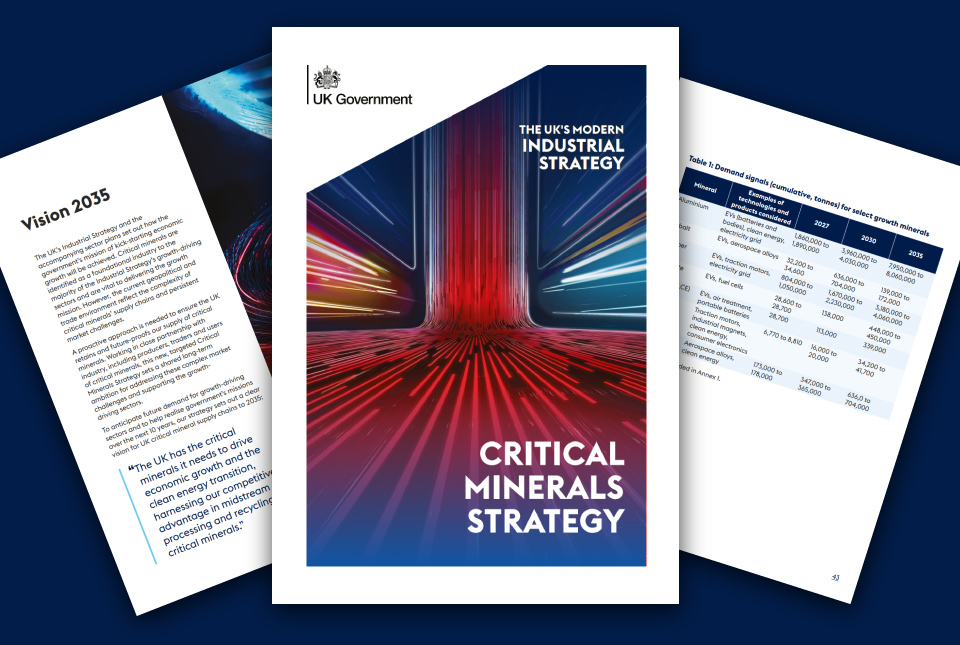
BGS welcomes publication of the UK Critical Minerals Strategy
23/11/2025
A clear strategic vision for the UK is crucial to secure the country’s long-term critical mineral supply chains and drive forward the Government’s economic growth agenda.

New funding awarded for UK geological storage research
21/11/2025
A project that aims to investigate the UK’s subsurface resource to support net zero has been awarded funding and is due to begin its research.
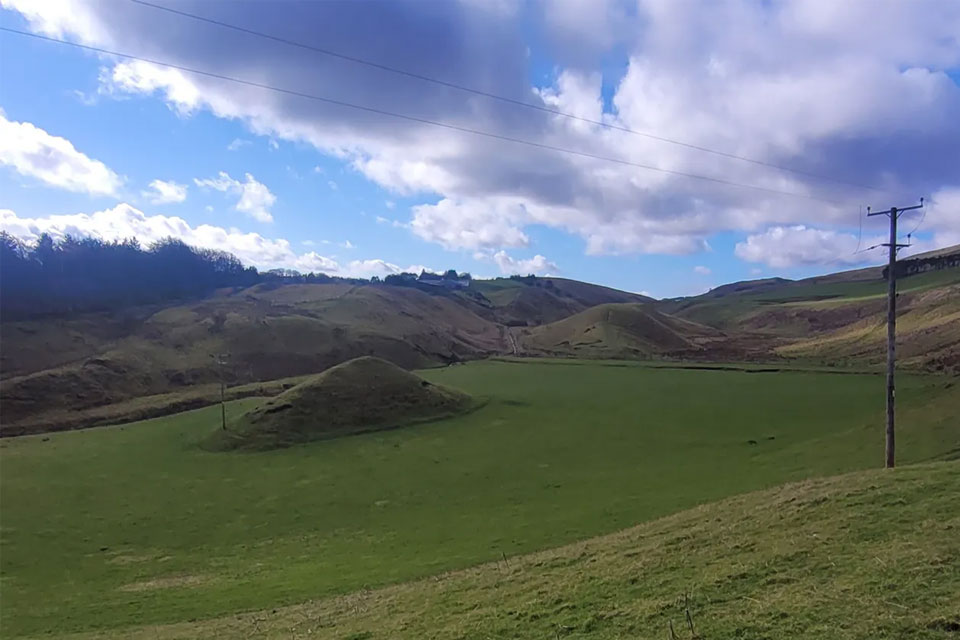
How the geology on our doorstep can help inform offshore infrastructure design
19/11/2025
BGS is part of a new collaboration using onshore field work to contextualise offshore data and update baseline geological models which can inform the sustainable use of marine resources.

UK braced for what could be the largest solar storm in over two decades
12/11/2025
Intense geomagnetic activity could disrupt technology such as communication systems, global positioning systems and satellite orbits.

First distributed acoustic sensing survey completed at UK Geoenergy Observatory
12/11/2025
New research at the Cheshire Observatory has shown the potential for mapping thermal changes in the subsurface using sound waves.
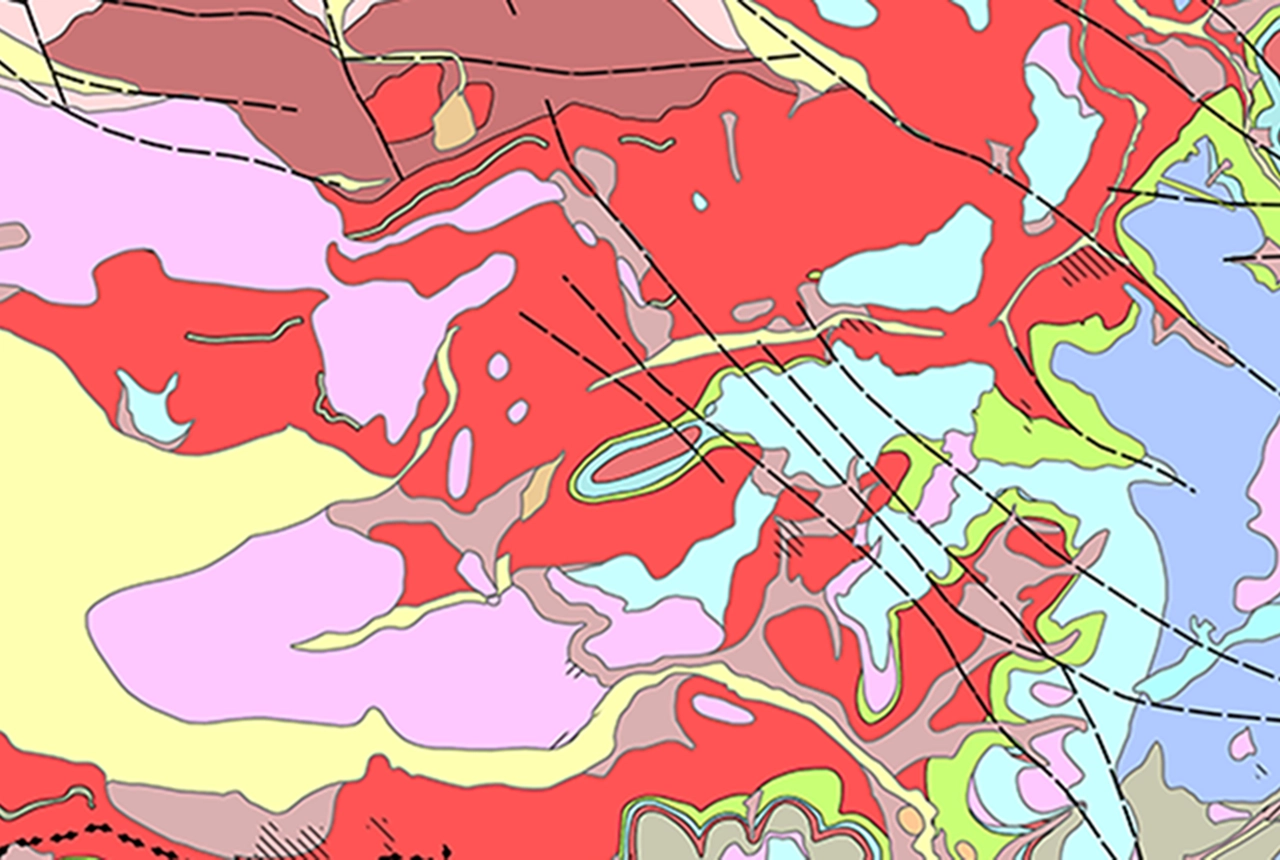
Latest BGS Geology 50K mapping data launched
06/11/2025
Some of our most widely used maps have received a major update, including the 1:50 000-scale map series that now includes enhanced coverage of Great Britain.


